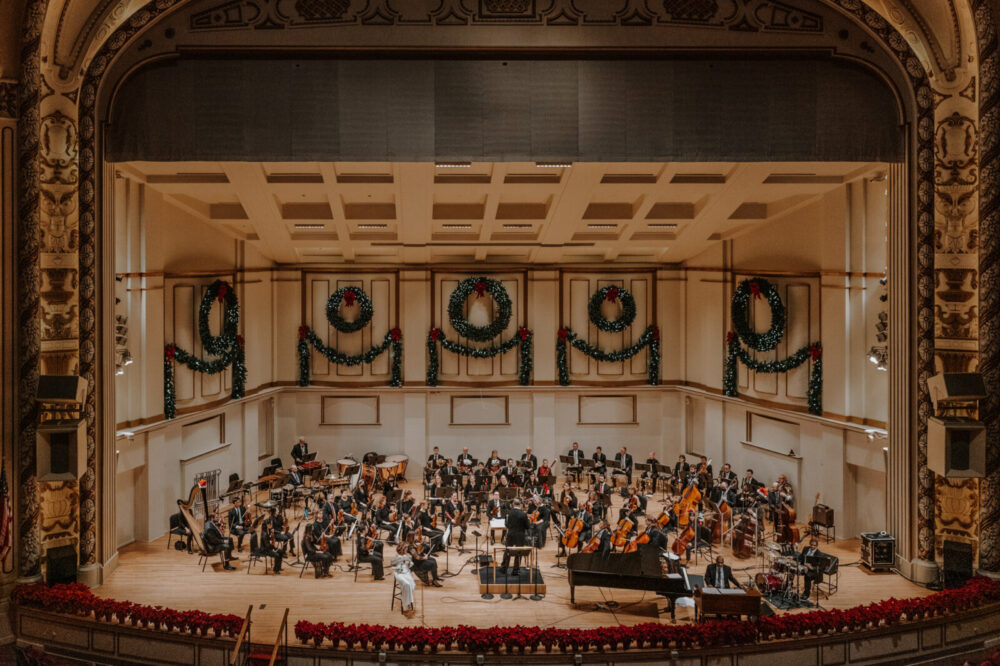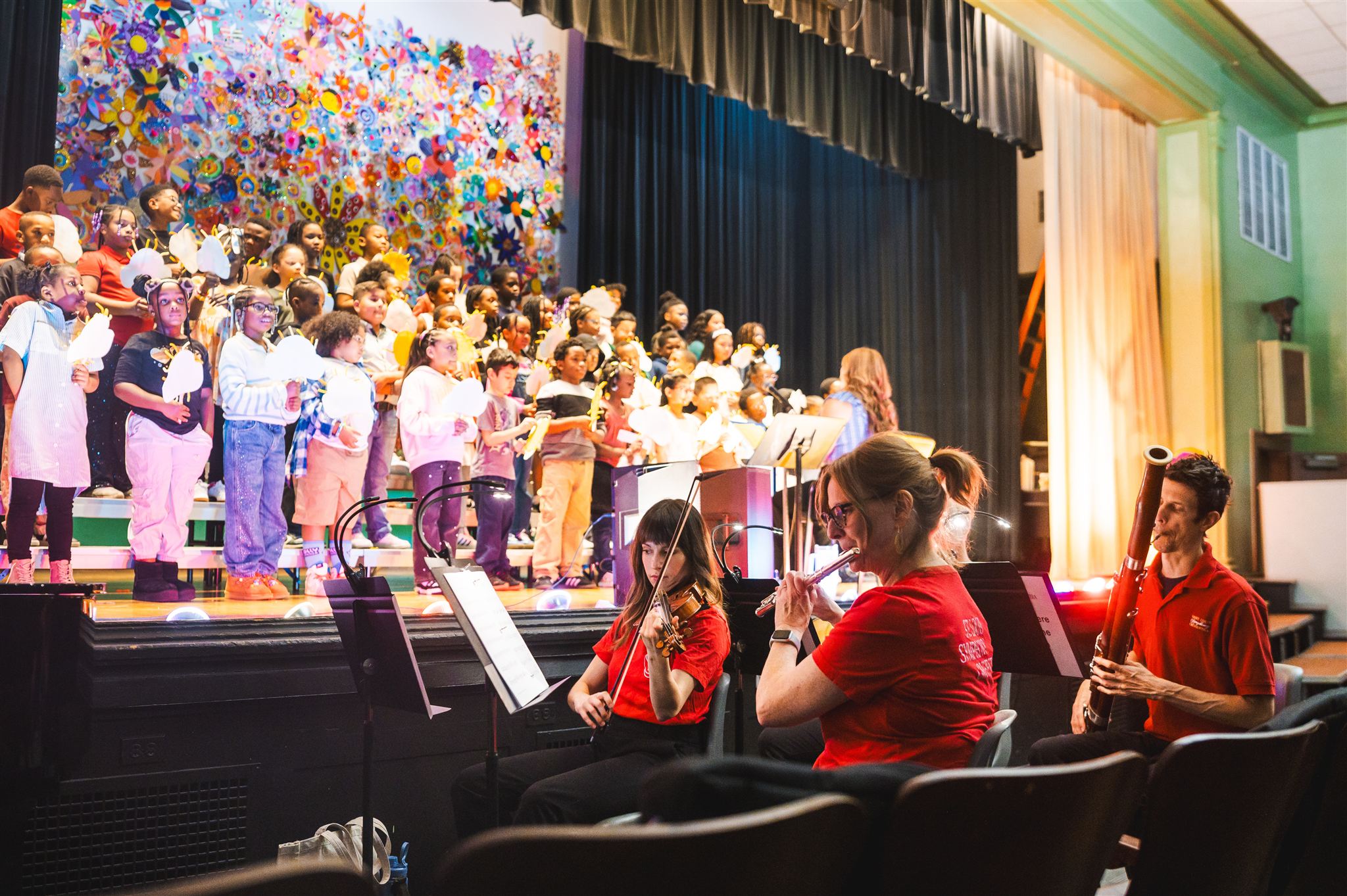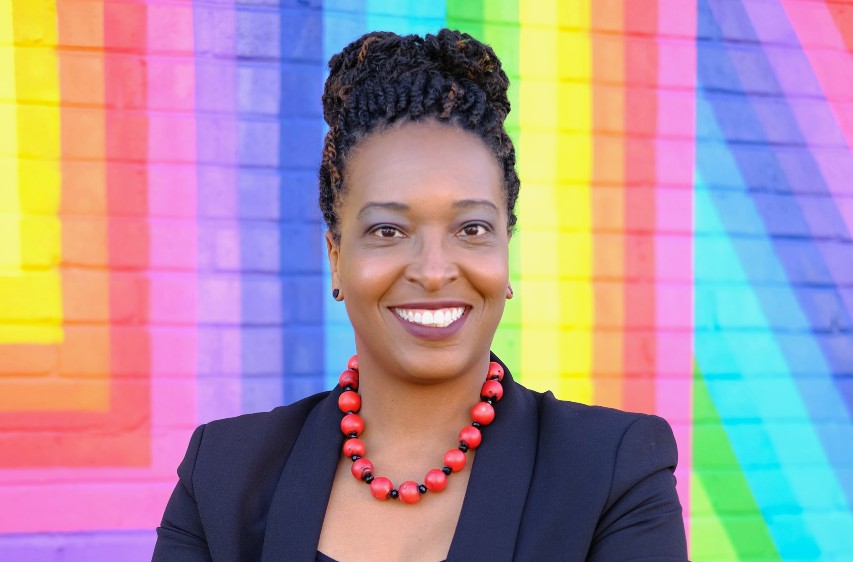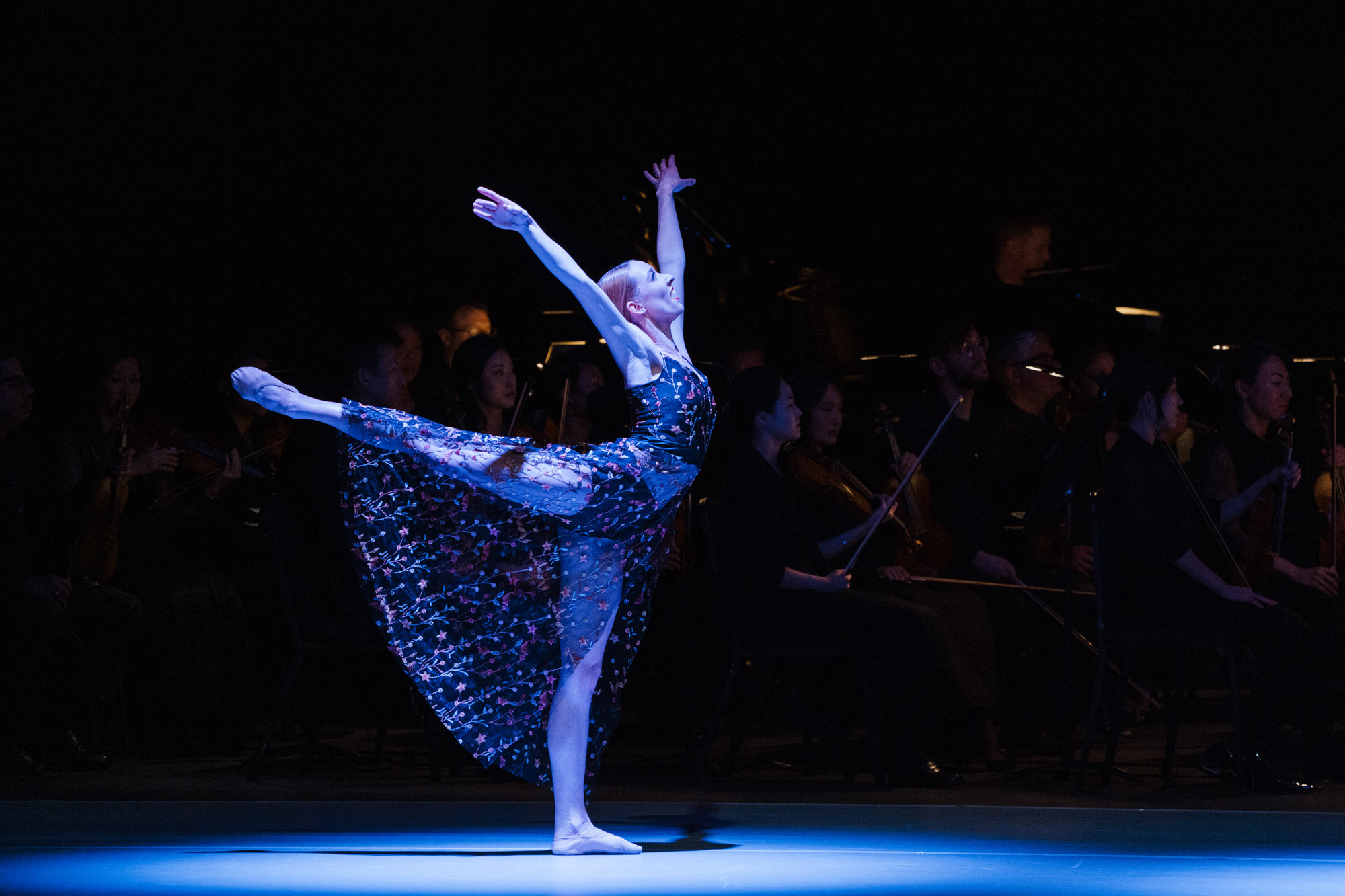The Sound of Christmas: Baroque Music and Yuletide Traditions
By Justino Gordón-LeChevalié

This December 6–7, the St. Louis Symphony Orchestra’s A Baroque Christmas concert, conducted by Patrick Dupré Quigley, will immerse audiences in the timeless holiday sounds of Bach, Corelli, Vivaldi, and Telemann. It’s an opportunity to reflect on Christmases past and present through the richness of Baroque music, a tradition that has spanned centuries and continues to evoke the essence of the season.
Whether it’s the robust trumpet flourishes in Johann Sebastian Bach’s ChristmasOratorio, or the serene beauty of Arcangelo Corelli’s “Christmas Concerto,” Western society has long associated the sweeping sounds of Baroque and Renaissance music with the joys and solemnities of Christmas. But what is it about this music, written between 1600–1750, that still defines our experience of the holiday season today?
Baroque’s Sacred Legacy
The connection between Baroque music and Christmas is historically rooted in its Christian origins. Many composers like Bach, Handel, and Vivaldi wrote vast bodies of work for religious services, often tied to the liturgical calendar. The Baroque period coincided with the rise of large-scale sacred compositions intended to enhance and elevate worship, particularly during significant celebrations such as Advent and Christmas.
Baroque music often relies on dramatic contrasts in dynamics, ornamentations, and orchestration, echoing the emotional journey of Christmas itself. The selections on December 6–7 will showcase many of these musical experiences, but they can also be heard in numerous works outside of next month’s program. For instance, Handel’s Messiah, though originally written for Easter, became inextricably linked with Christmas in later centuries due to its powerful and now famous “Hallelujah” chorus and moving narrative of the birth and redemption of Christ.
Similarly, Bach’s Magnificat and Christmas Oratorio and Weihnachtshistorie (The Christmas Story) by Heinrich Schütz were composed explicitly for Christmas, Passion Week, and other high holiday services, infusing Biblical stories with the profusive detail and complexity often found in Baroque art.
Cross-Generational Festivities and Nostalgia
Baroque music’s lush and expressive character naturally lends itself to the festive secular atmosphere of Christmas as well. The orchestration of pieces like Vivaldi’s Gloria or Bach’s Orchestral Suites provides a sense of celebration, joy, and reflection, all crucial elements of the Christmas season.
But perhaps the enduring appeal of Baroque Christmas music is its ability to evoke nostalgia—a feeling that has resonated with generations since the 18th century. Each successive generation has managed to find a seasonal comfort in
the musical traditions of these bygone eras, with its distinct style and timbre, which allows the music to be a vehicle for capturing and expressing the nostalgia tied to family gatherings, communal services, and festive celebrations.
For instance, the popularity of carols like O Come, All Ye Faithful (originating in the 18th century), Good King Wenceslas, or the enduring charm of Renaissance hymns like Coventry Carol reflect this pan-generational embrace of Christmas traditions.
Even today, when we hear Handel’s Messiah or sing carols written centuries ago, we are engaging in a tradition that stretches back through time, connecting us to a long lineage of friends, family, and communal Christmas celebrants.
Interplay of Music and Verse
Continuing to explore further afield, just as Baroque music found its place in Christmas traditions, so too have certain poetic meters. You’re likely familiar with the rhythm of Clement Clarke Moore’s famous Christmas poem “A Visit from St. Nicholas” (“’Twas the night before Christmas, when all through the house…”), or the first lines of Henry Wadsworth Longfellow’s poem of the midnight ride of Paul Revere, which both use a meter called Anapestic tetrameter. This lively cadence is
perfect for evoking a sense of excitement and wonder when telling children a story. The anticipation of the predictable pulse very quickly captures our attention and invites us to listen closely to the rhythmic tale.
Many Baroque composers understood the strong relationship between music and meter, with each enhancing the other’s impact. An anapestic meter closely mirrors the pulse of certain Baroque dance forms like the Sarabande, Gigue, or Allemand. These forward-moving rhythmic beats can be translated by composers into music with time signatures like 6/8 or 12/8. A “courtly” example of this relationship can be experienced if you were to quietly recite “A Visit from St. Nicholas” with the fifth movement Gigue of Bach’s Orchestral Suite No. 3. The
rhythmic patterns of these time-signatures share many of the same qualities of an anapestic verse, and act as a driving force behind the entrancing musical story.
Ultimately, Baroque music transforms the structure of poetic verse into a musical experience, where melodic phrasing and rhythmic variation capture the spirit of poetic tradition, making the association of both art forms central to the enduring celebration of Christmas.
So come join the cheer, let the music resound,
At the 560 Center, where joy will abound.
On December the 6th and the 7th, we’ll play,
Baroque sounds of Christmas to brighten your day.


